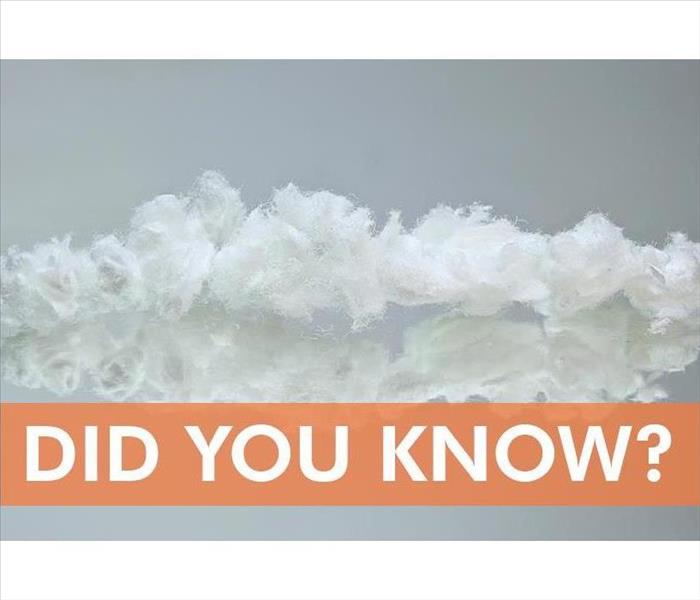The Best Ways To Eliminate Flood Odor
1/8/2021 (Permalink)
The smell of flood damage can stick around long after standing water has been extracted and a residence has been cleaned, disinfected, and dried. If mold growth is occurring, a musty odor may be present in the interior air. Here are three of the best ways to banish residual flood odor from a house in Garfield, MN.
Thoroughly Clean Flood Damage
Floodwater is highly contaminated and may contain solid waste, chemicals, and substances that raise risks of contagion or harmful exposure. The following measures are necessary to clean up residential flooding:
- Extracting water and solids
- Cleaning the affected area
- Cleaning or disposing of contaminated contents
- Tearing out contaminated building materials
- Disinfecting the affected area
- Restoring building materials and contents
The most common form of sewage loss involves porous materials and contents. It may be difficult or impossible to disinfect some absorbent materials, and failure to do so may cause flood odor to linger and raise mold risks.
Take Mold Prevention Measures
The two main contributing factors for mold growth are moisture and food sources. As cellulose, a plant fiber present in many materials is an optimal food source, moisture is the major variable that determines whether mold issues recur after a flood. Clean and disinfect a structure before drying out damage and run a dehumidifier to keep moisture levels under 50% to discourage growth.
Arrange for Odor Remediation
A residual flood odor can safely be addressed after cleanup and restoration are complete and measures have been taken to prevent mold. Running a hydroxyl generator, ozone machine or thermal fogger can get rid of the last traces of the smell of flooding. An incomplete cleanup may leave behind the odor of floodwater or a musty smell that indicates mold growth at a residence in Garfield, MN. Reduce recontamination risks by contacting a full-service flood damage mitigation, cleanup, and restoration company.






 24/7 Emergency Service
24/7 Emergency Service
